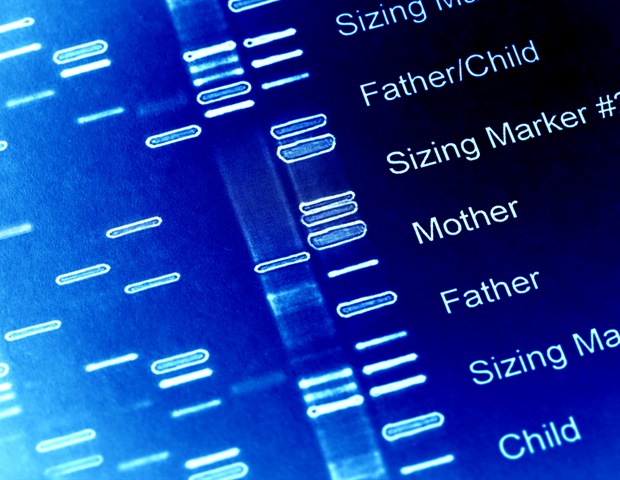
Announcing a new article publication for Cardiovascular Innovations and Applications journal. Aortic dissection (AD) is a fatal cardiovascular disease for which the key involved genes are largely unknown. The authors of this article aimed to identify promising AD biomarkers from high-throughput RNA expressing data.
In the GSE98770 dataset, differentially expressed mRNAs (DE-mRNAs) and microRNAs (DE-microRNAs) were identified through differentially expressed gene analysis and gene set enrichment analysis. The regulatory network between DE-mRNAs and DE-microRNAs was established, and hub genes were identified with Cytoscape. Relationships between hub genes and AD were confirmed in the Comparative Toxicogenomics Database (CTD).

Potential key transcription factors were discovered with Cytoscape. Hub gene verification was performed by qPCR and immunofluorescence analyses of human specimens. DE-mRNAs and DE-microRNAs were identified.
Four mRNAs and microRNA-1321 (miR-1321) were found to have the most connections with other genes. CBL was connected to the most genes and interacted with miR-1321, which was also connected to the most genes among the DE-microRNAs. In addition, CBL was associated with AD in the CTD.
Among the top five transcription factors potentially regulating CBL transcription, only HOXB13 was a DE-mRNA. The findings were further successfully verified in human specimens. CBL, which may be transcriptionally regulated by HOXB13 and post-transcriptionally regulated by miR-1321, was identified as the most promising potential biomarker for AD.
Compuscript Ltd https://www.scienceopen.com/hosted-document?doi=10.
15212/CVIA.2024.0034.














